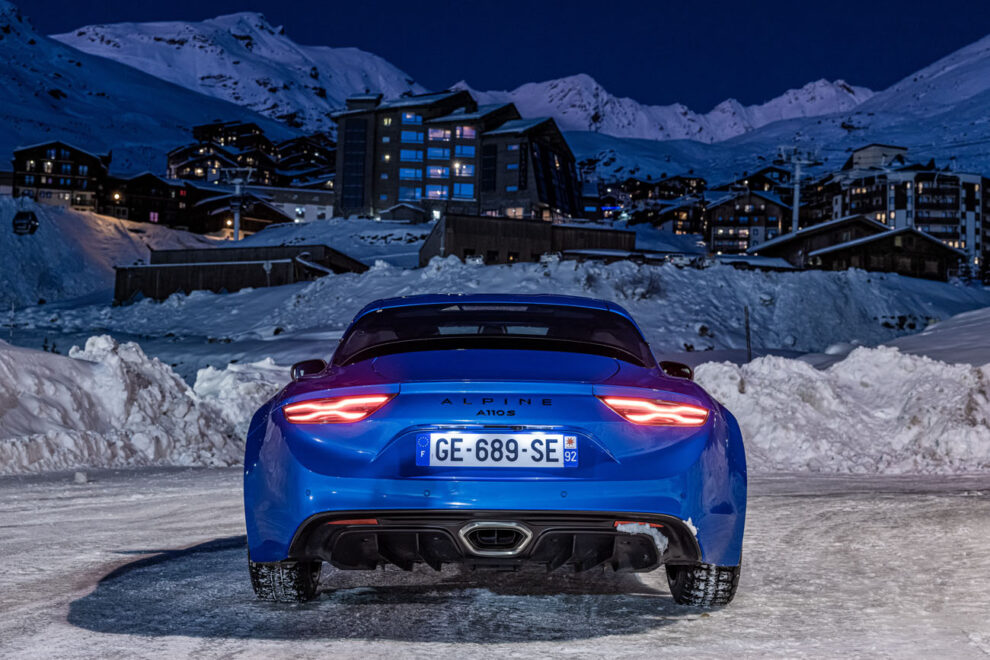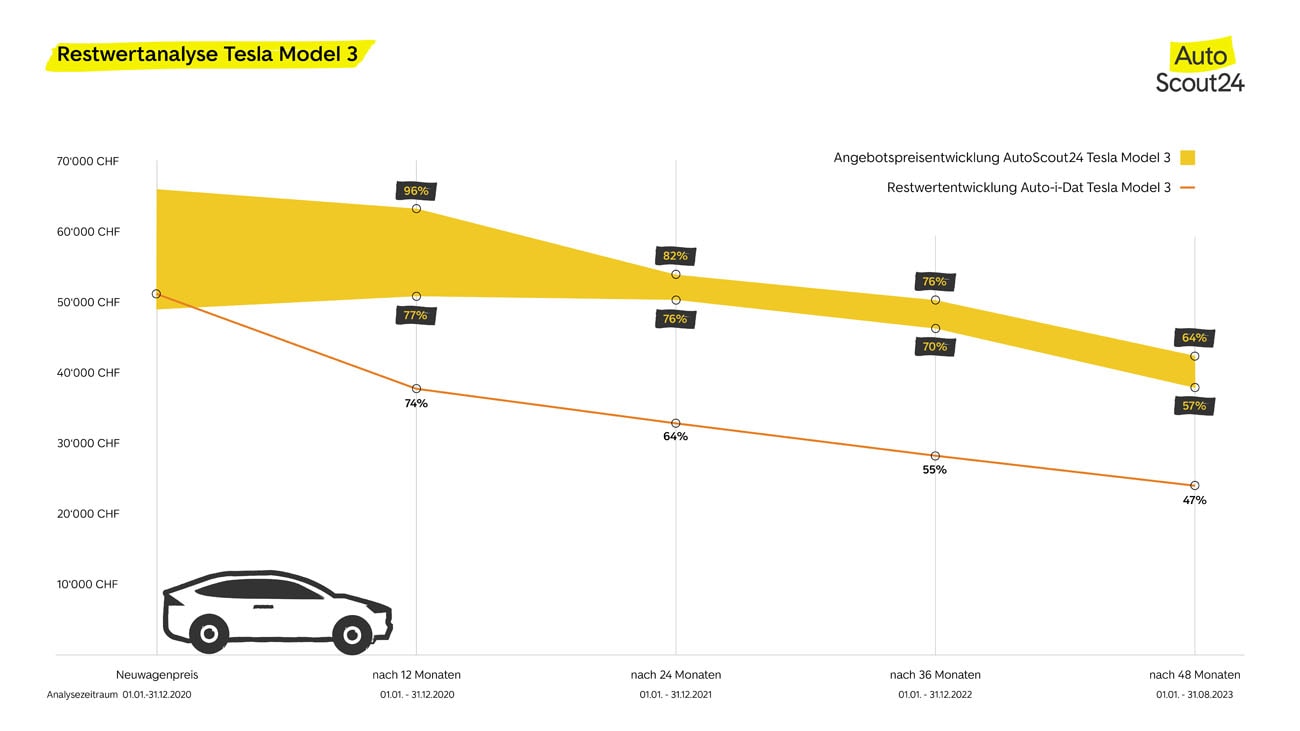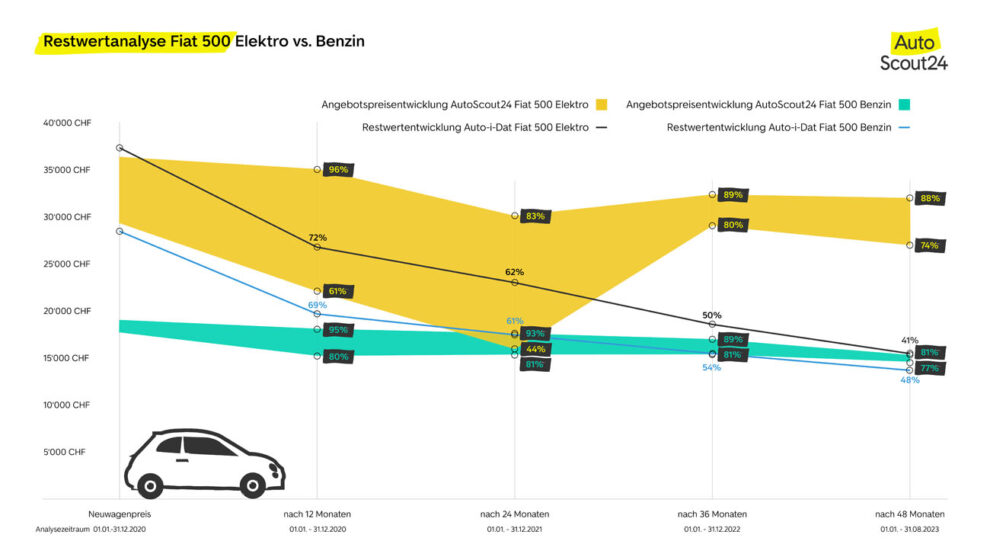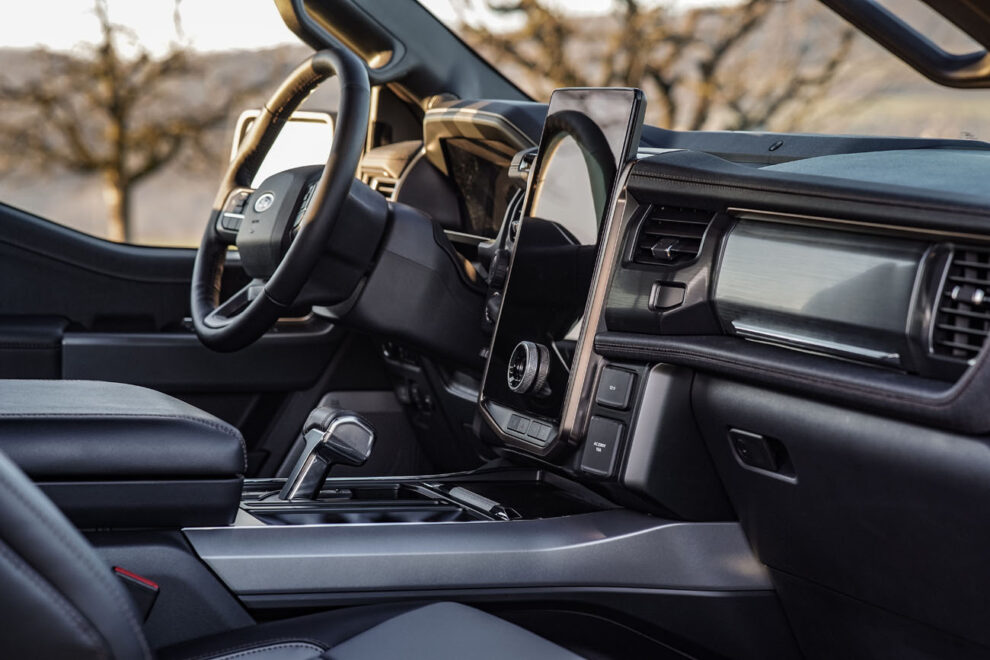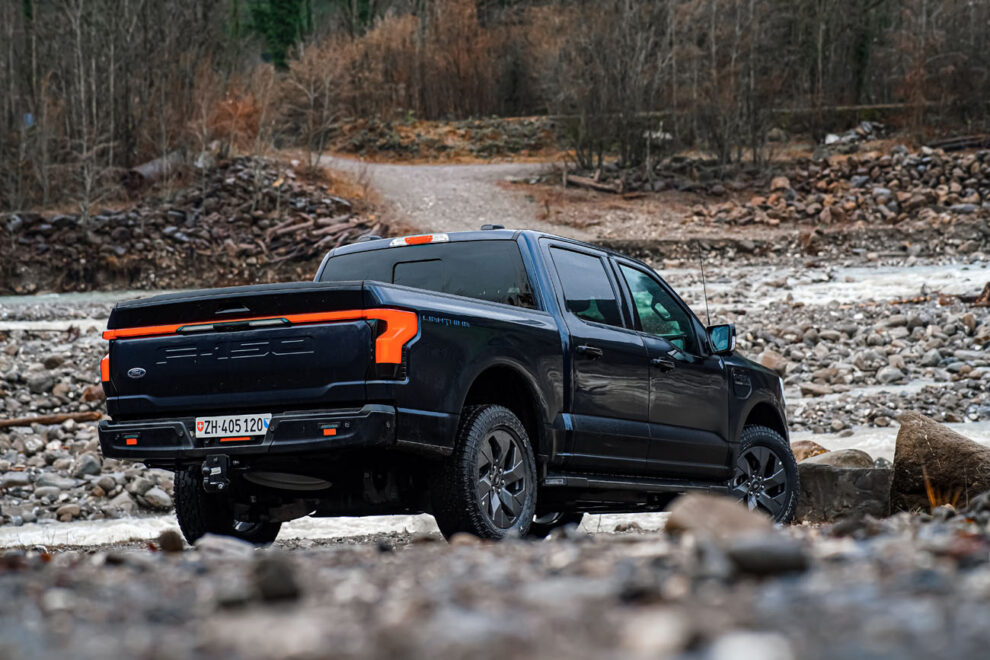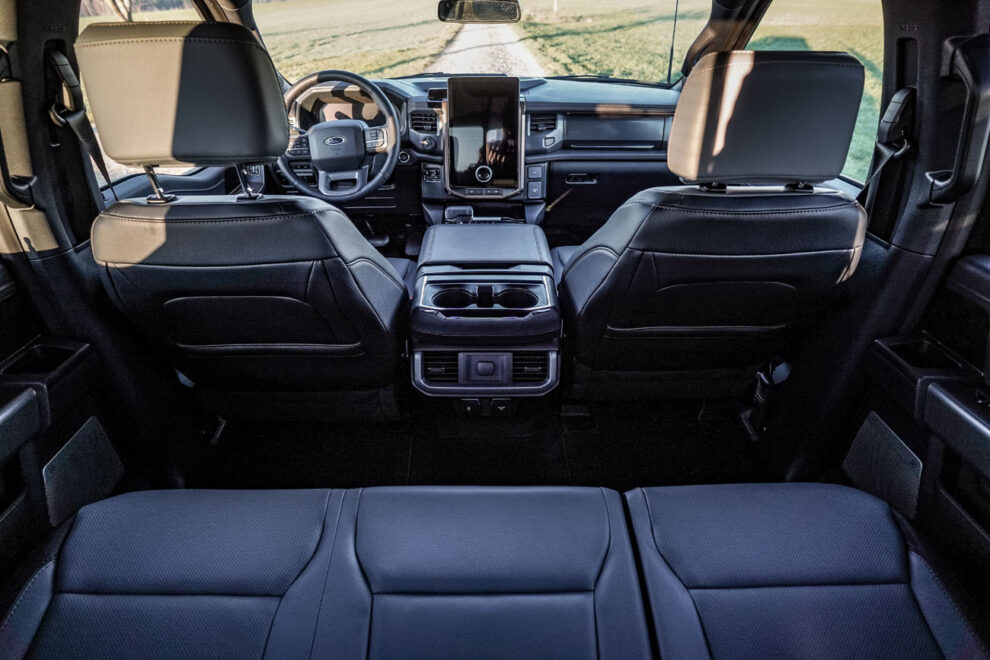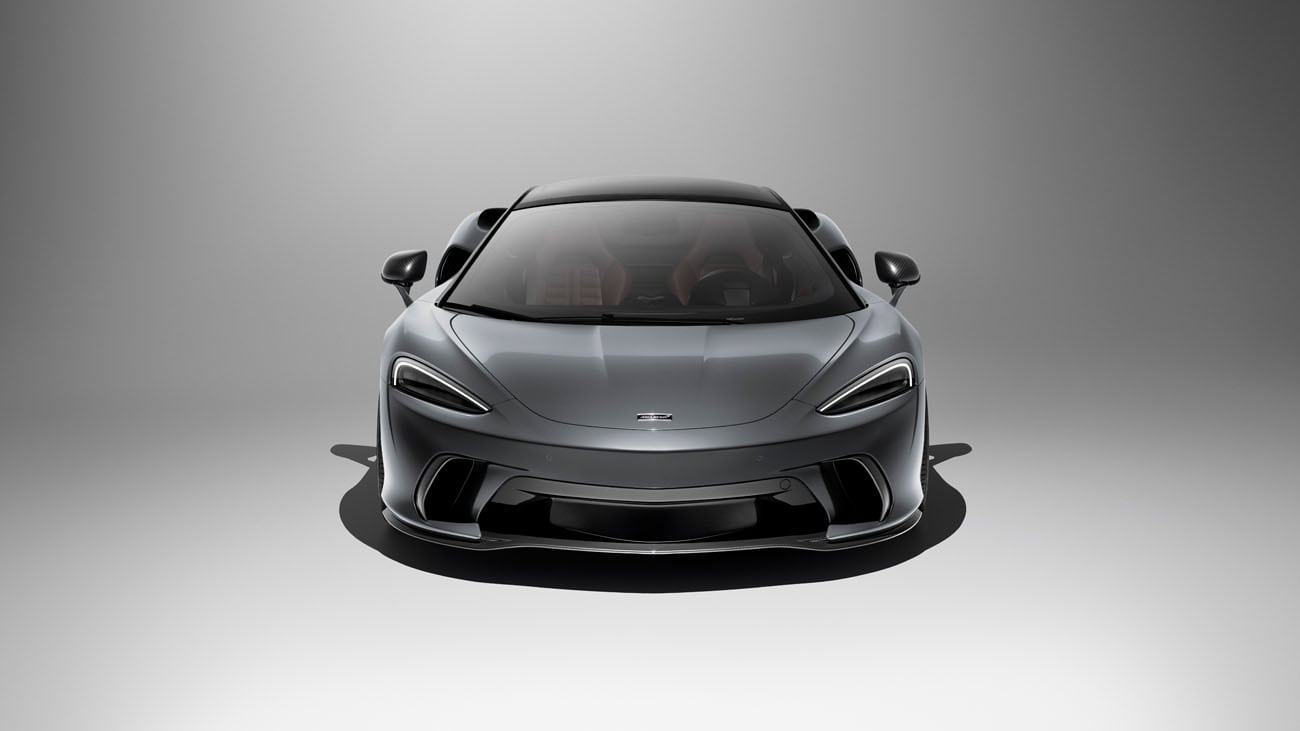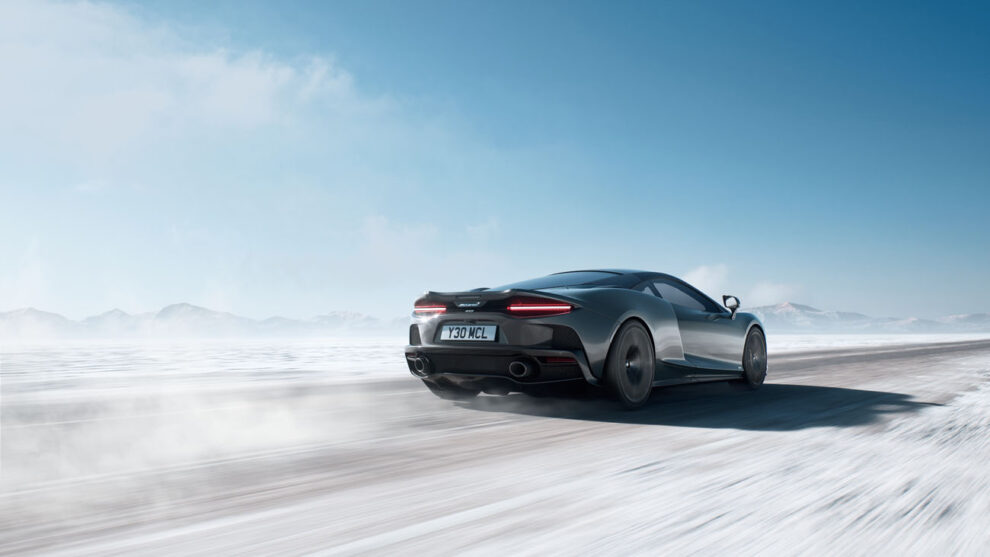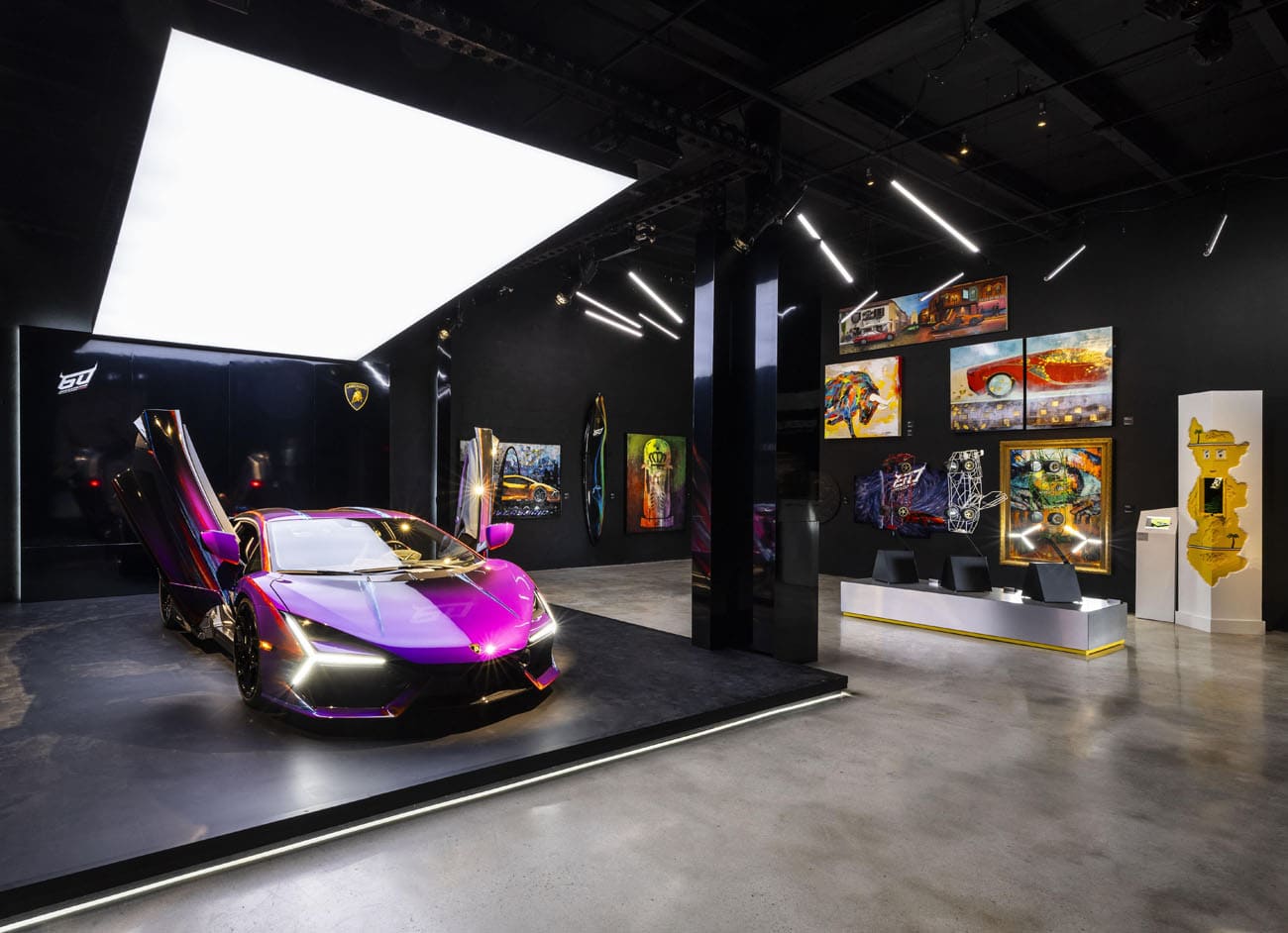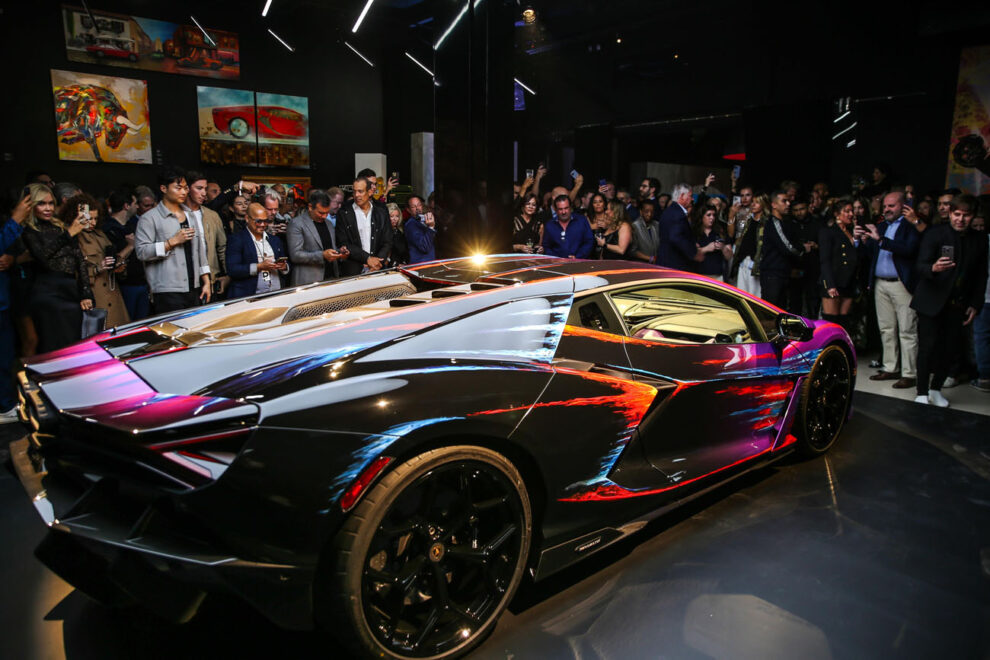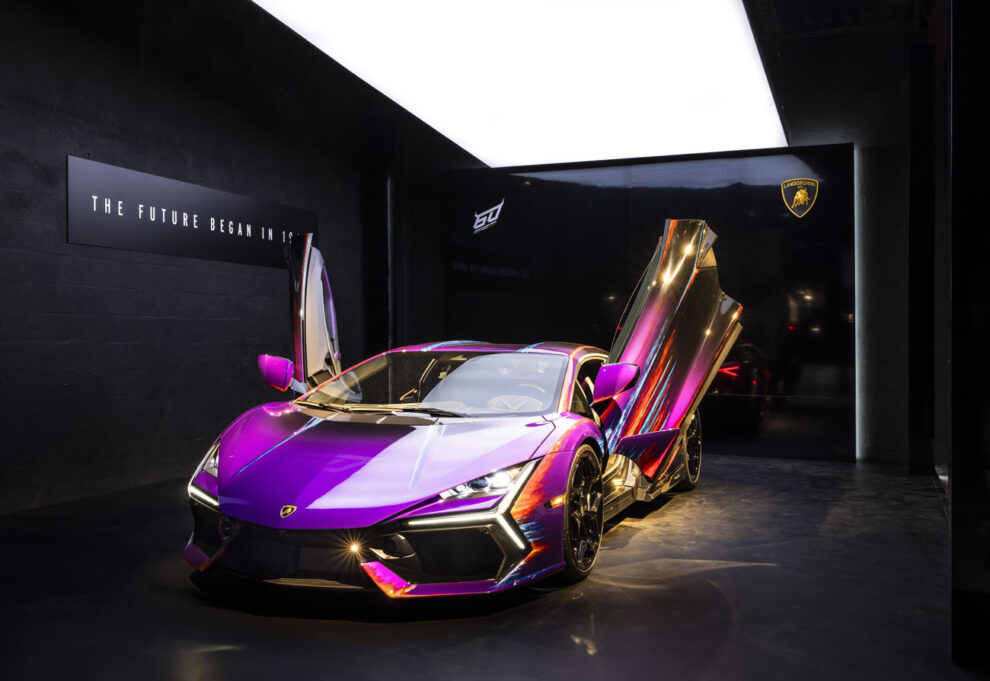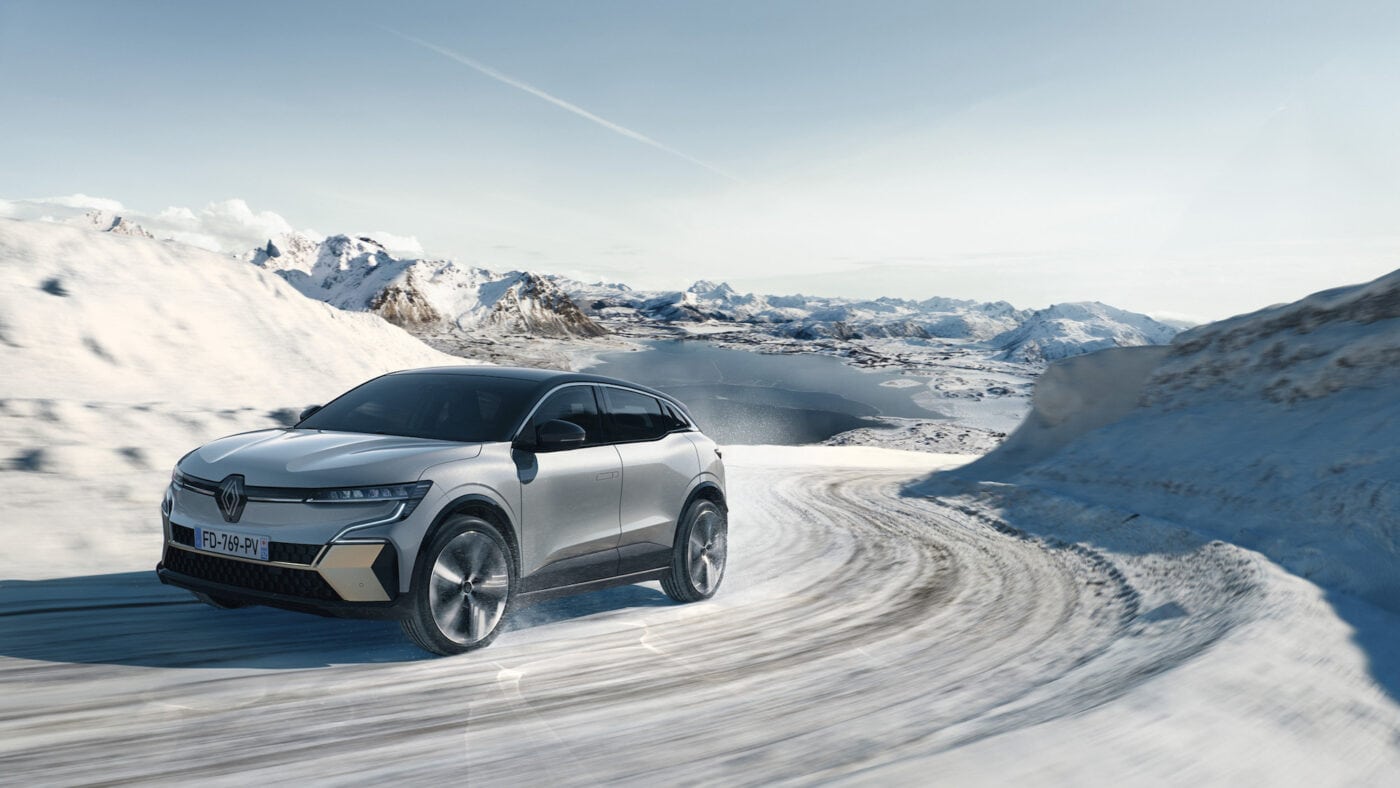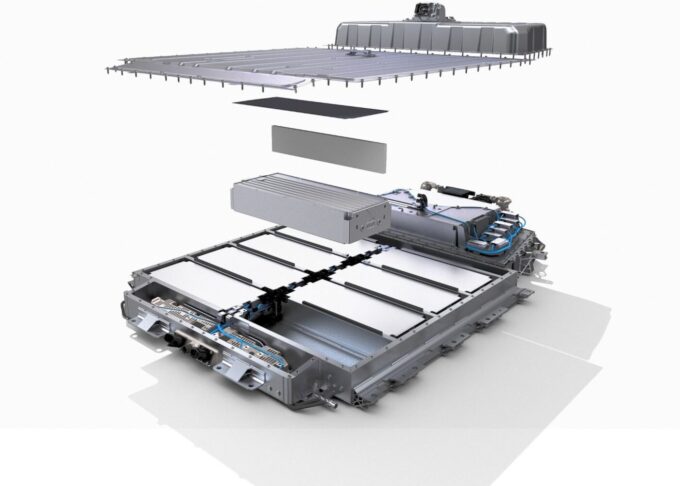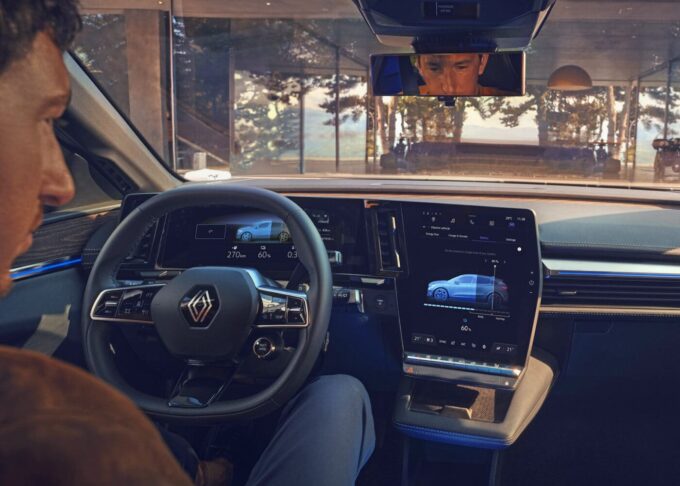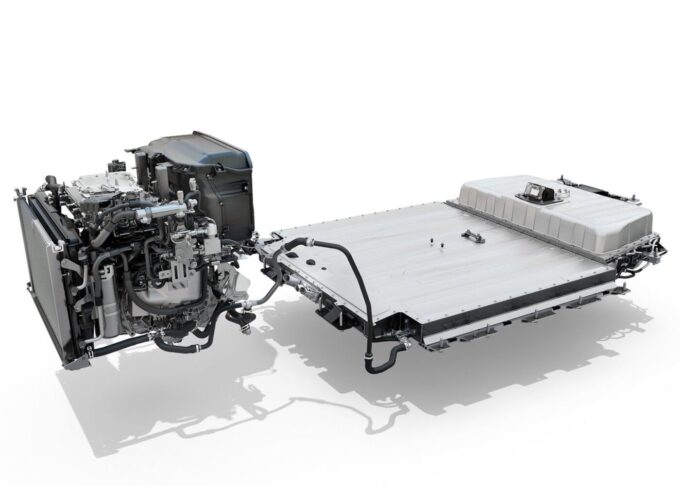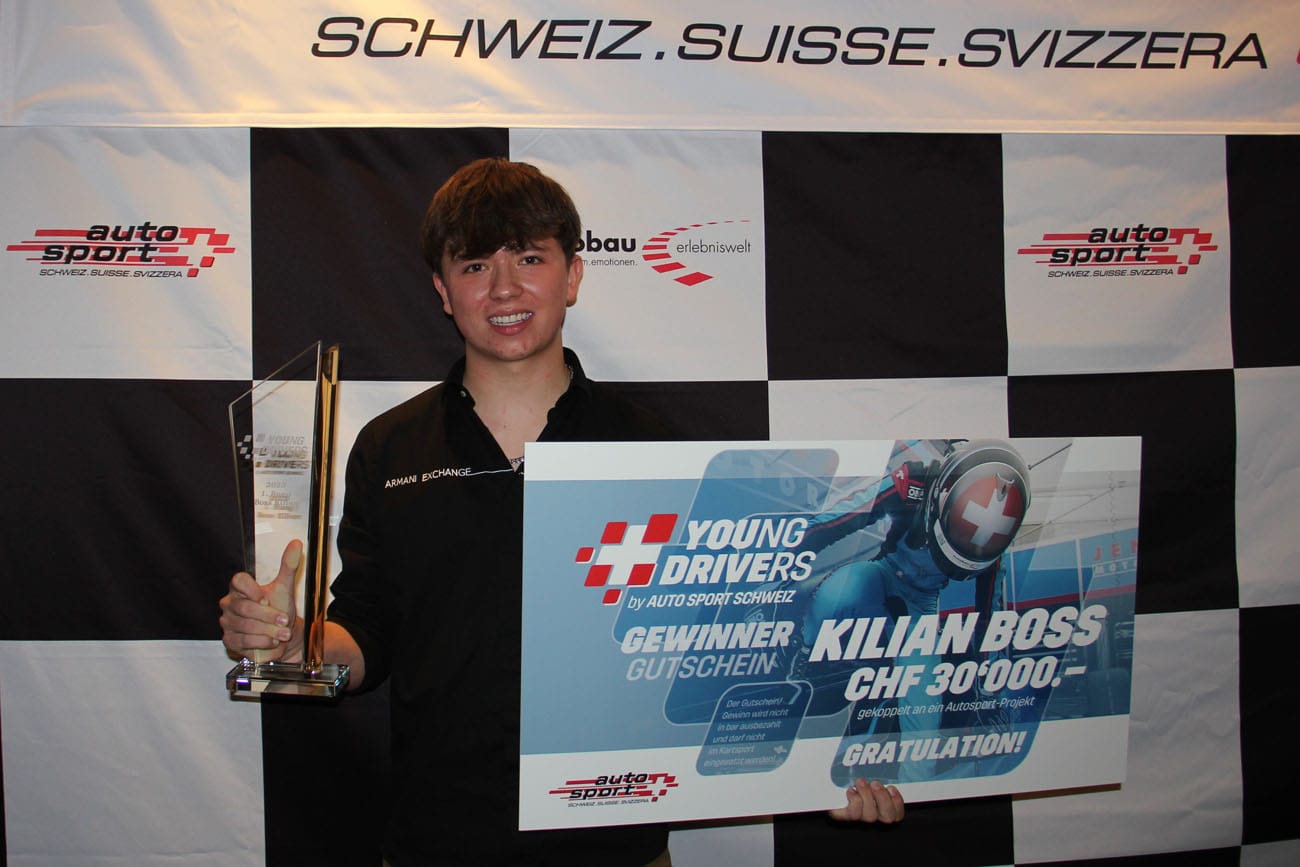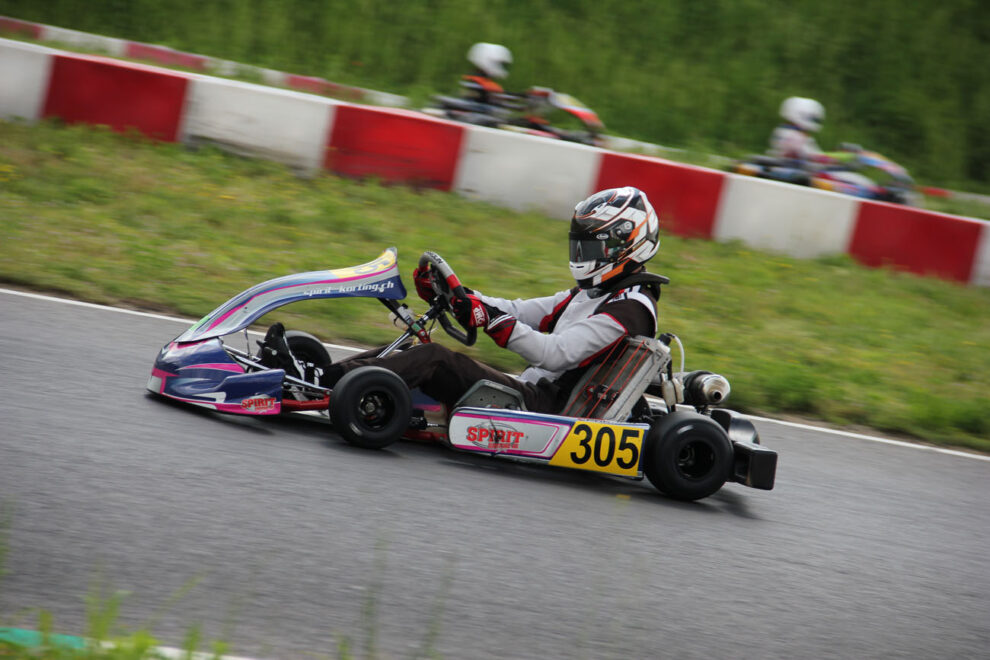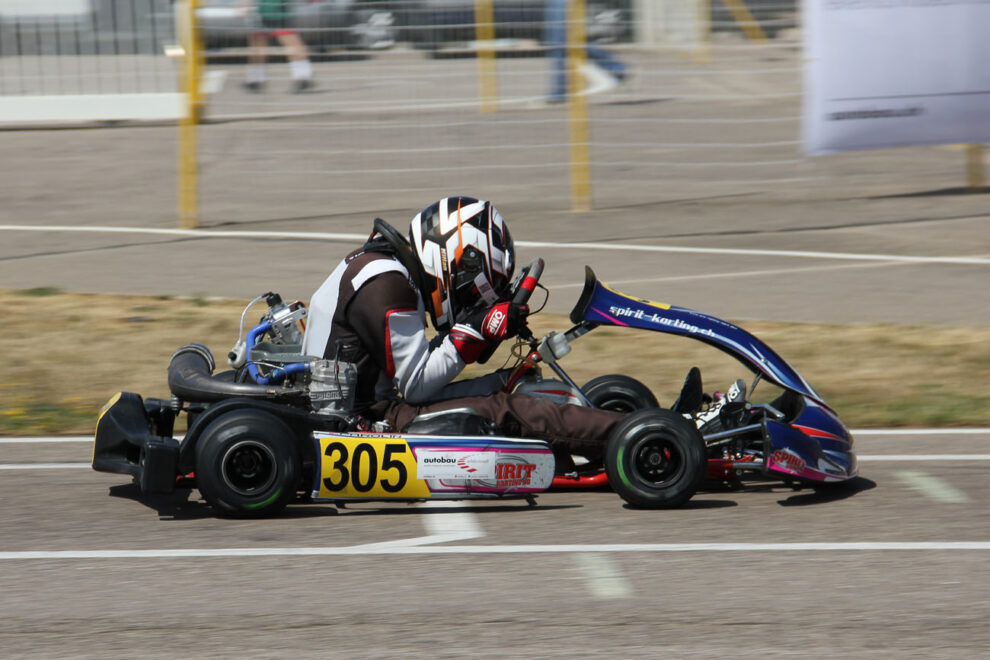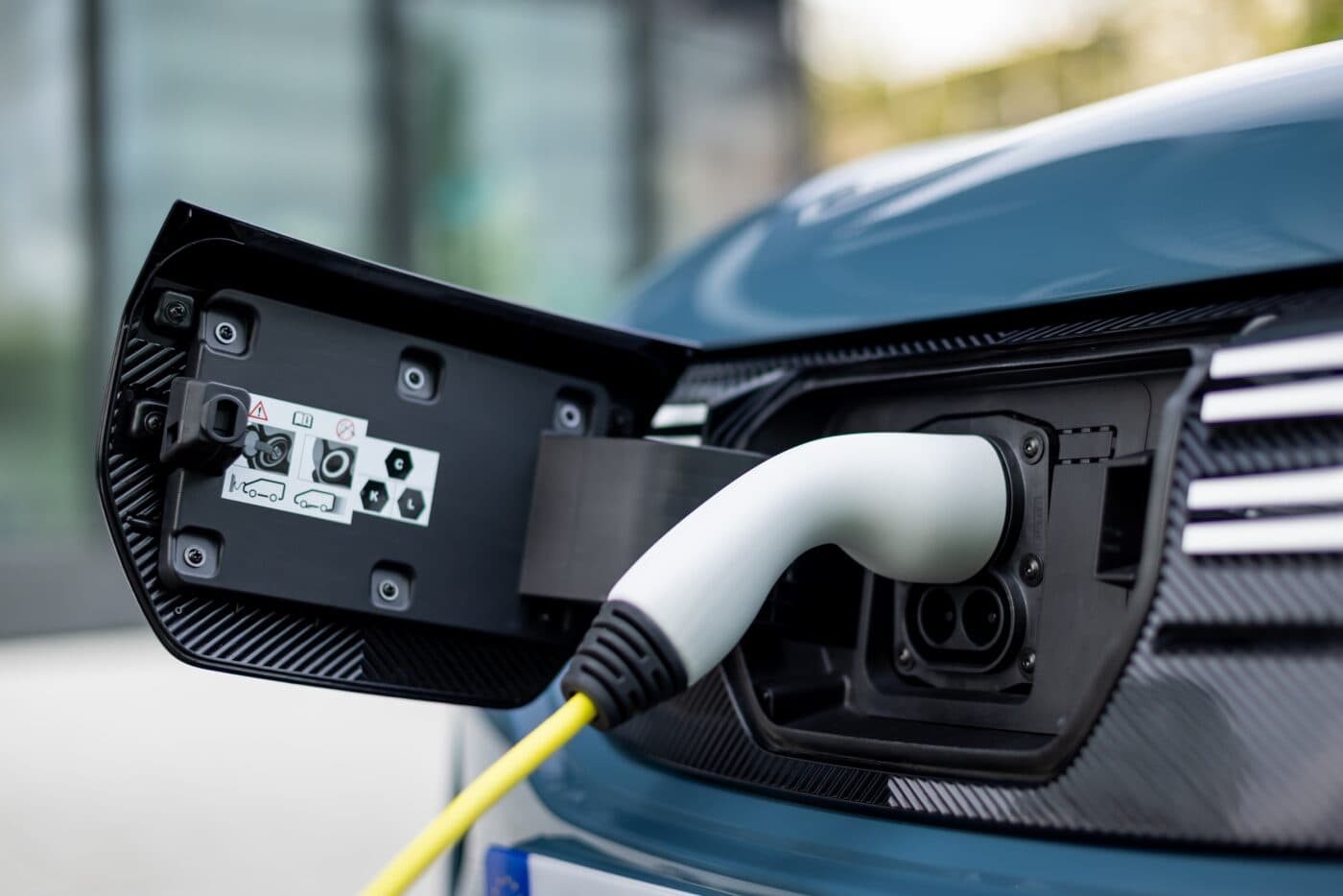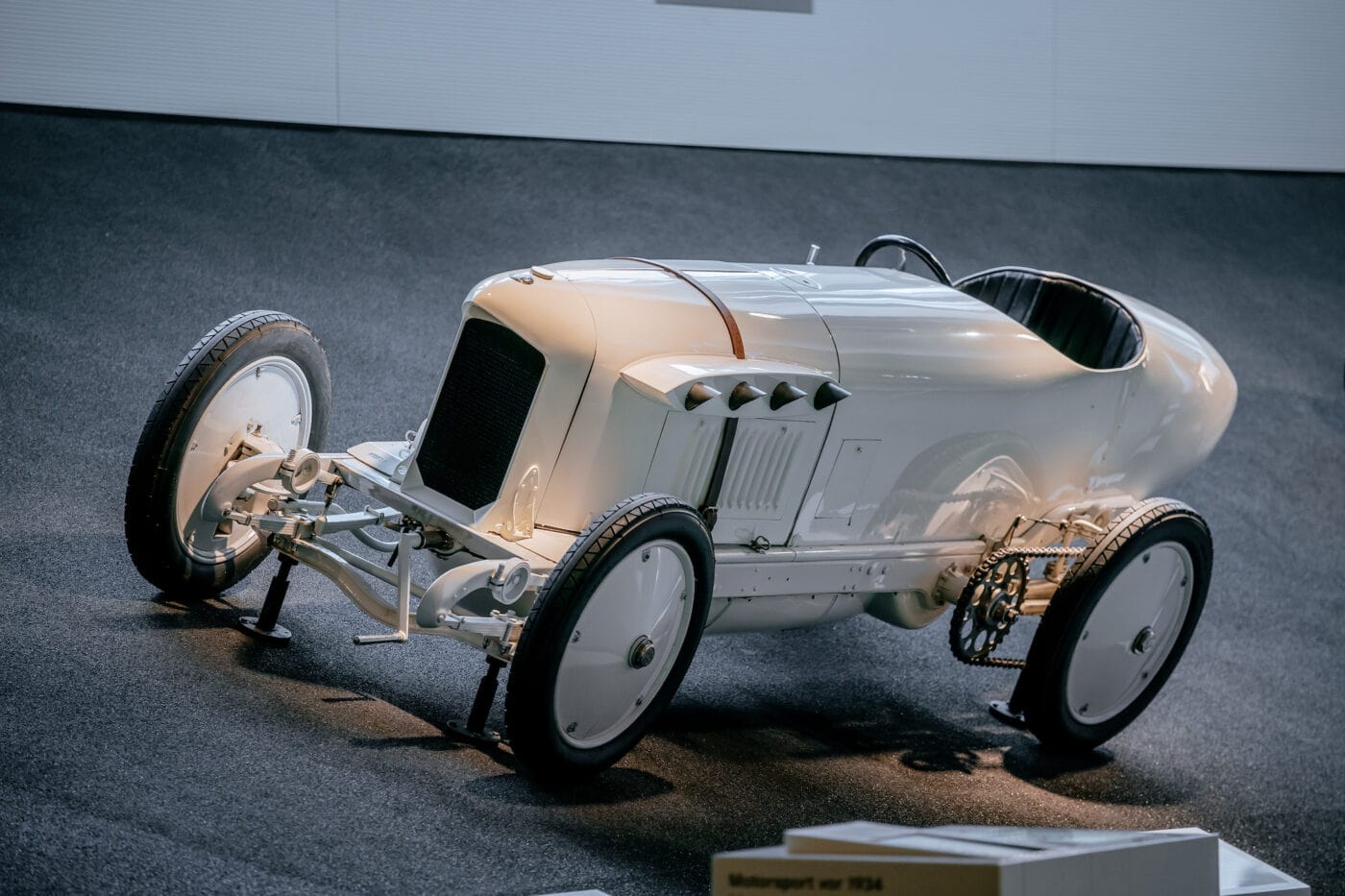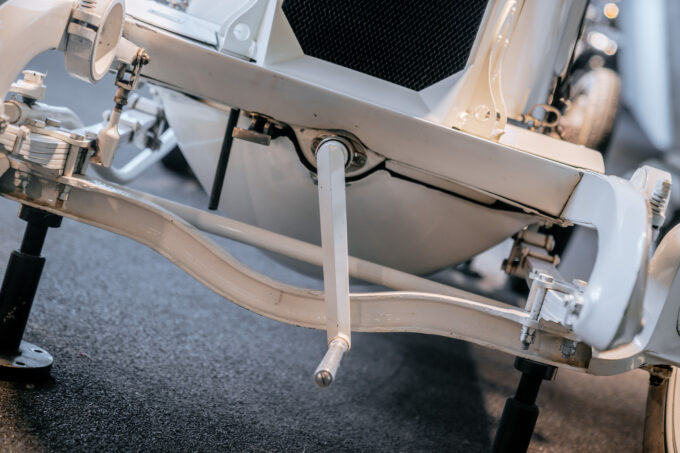Alpine With 300 hp on a slippery track
HARD ON THE LIMIT Driving on snow is one thing, driving on ice is another. Anyone who wants to experience the special features of driving on a race track with little grip has the opportunity to do so in Val Thorens, France.
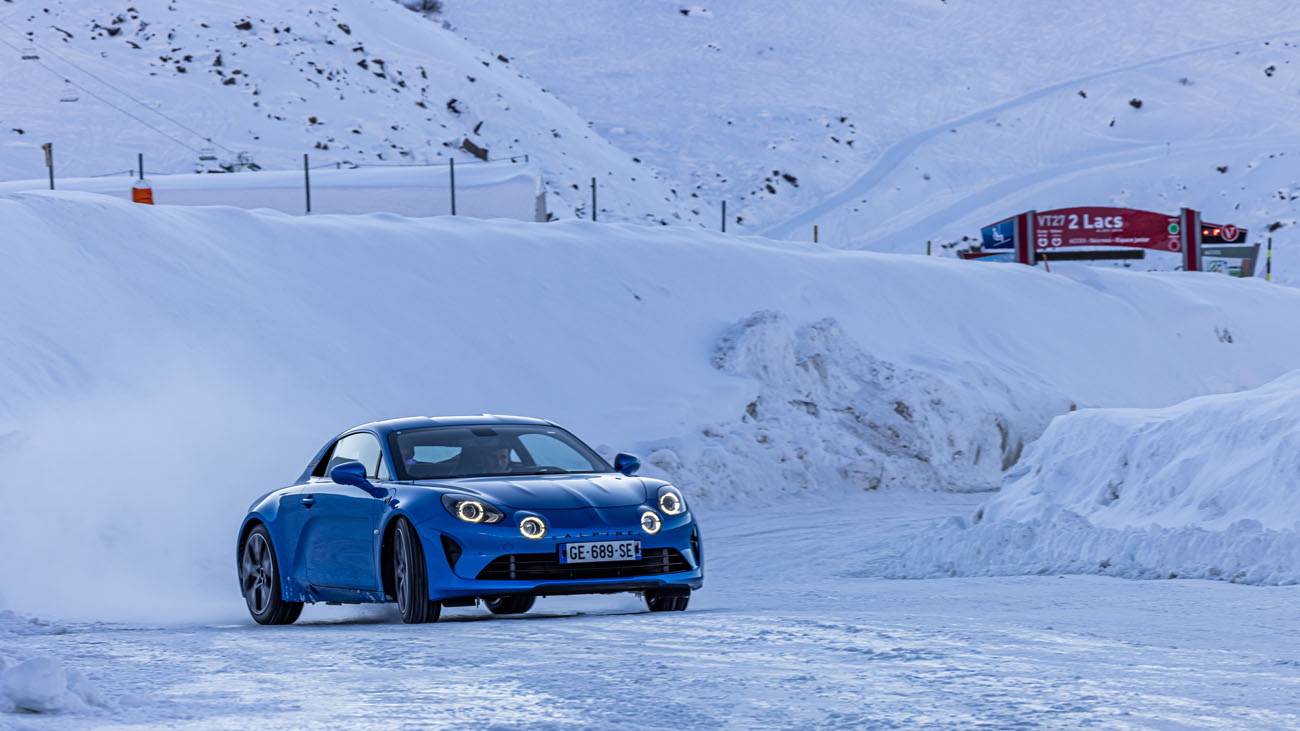
The Les Trois Vallées region in Savoie in the French Alps describes itself as the largest interconnected ski area in the world. Above Albertville, eight areas in three valleys have been opened up, ending in the towns of Courchevel, Méribel and Val Thorens and offering a total of around 600 kilometers of slopes for skiing and snowboarding fans. The entire region spans altitudes from 1300 to 3200 meters above sea level. One of the most important ski resorts is the metropolis of Val Thorens at an altitude of 2300 meters, the highest winter sports community in Europe.
Highest race track in Europe
Below this village - at an altitude of 2,200 meters - a completely different kind of winter sport is celebrated: sporty driving on ice. The Val Thorens Ice Track is the highest race track in Europe. It is sometimes used for racing, but mostly the organizers welcome car fans who want to experience driving on surfaces with extremely little grip up close and safely. AutoSprintCH had the opportunity to take part in one of these track days behind the wheel of an Alpine A110 S with a lively 300 hp. With an instructor in the passenger seat, a new world of sporty driving can be explored.
Driving characteristics of the mid-engine car
Even those who already have some experience with track days on dry and wet roads will experience something new on the ice track in Val Thorens, which was watered the evening before and froze hard overnight. It is particularly important to feel the delicate handling characteristics of the mid-engined car from Dieppe and to achieve optimum performance with the steering wheel and accelerator pedal. Take your foot off the accelerator quickly before the bend, use the forward weight shift to turn in and provoke the rear end to swing out at the right moment with a spirited push of the accelerator.
Inexperienced ice drivers still have to learn what to do next: no counter-steering, as this quickly drives the car, which is equipped with studded tires, into the outer snow wall on the bend. With subtle steering wheel movements and a sensitive throttle foot, the Alpine must first be brought back onto a straight course. Counter-steering is only necessary if the rear swing is a little too generous and the vehicle comes too close to the inside wall of the bend.
No high cornering speeds
Although high cornering speeds are not possible on ice, reining in the Alpine A110 S's lively handling is great fun. Mastering the bends gets better from lap to lap - first in track mode, then with the driving dynamics control switched off completely.
Two types of driving experiences are offered on the Val Thorens course. Until the end of March 2024, there are courses for individual skiing accompanied by an instructor. During the course, you ride for an hour in several stints on the 760-metre-long and between ten and twelve-metre-wide ice track and receive around half an hour of theory lessons. The course for professional ice skating lasts three days and is offered between January 8 and February 9, 2024. Registrations can be made via alinecars@icedrivingvalthorens.com possible.








